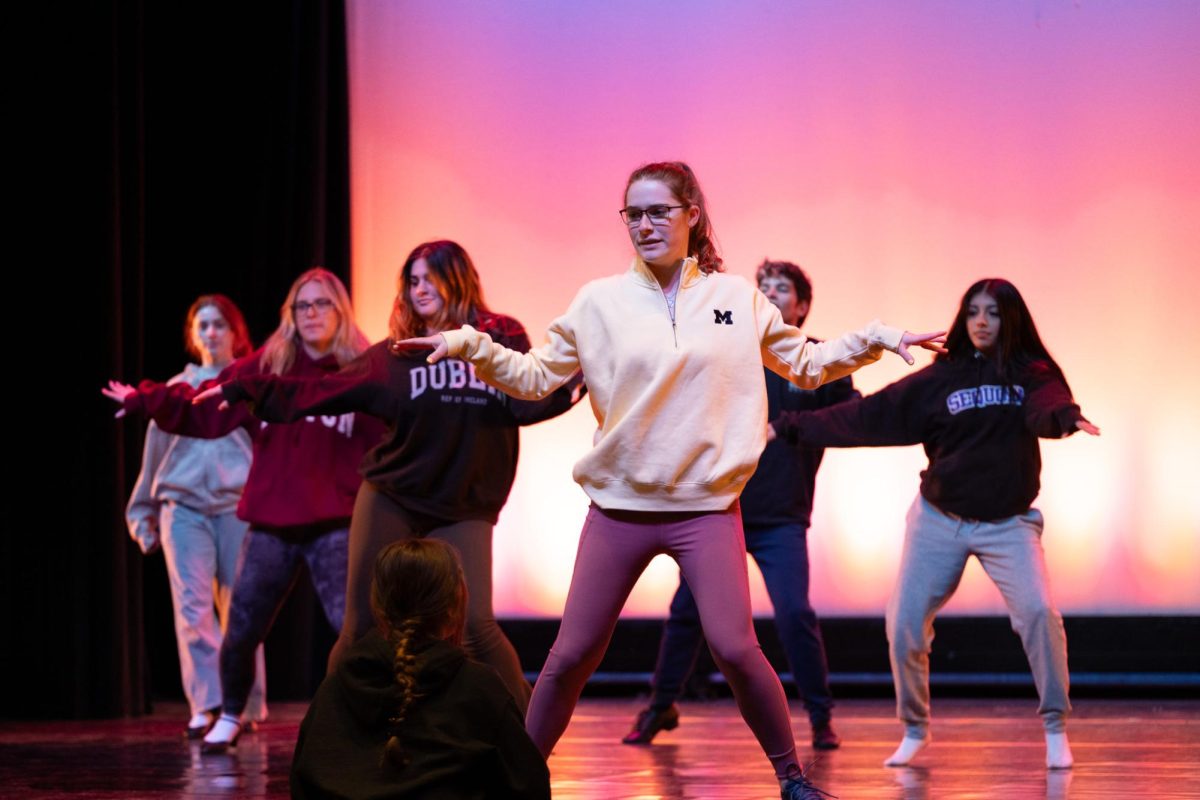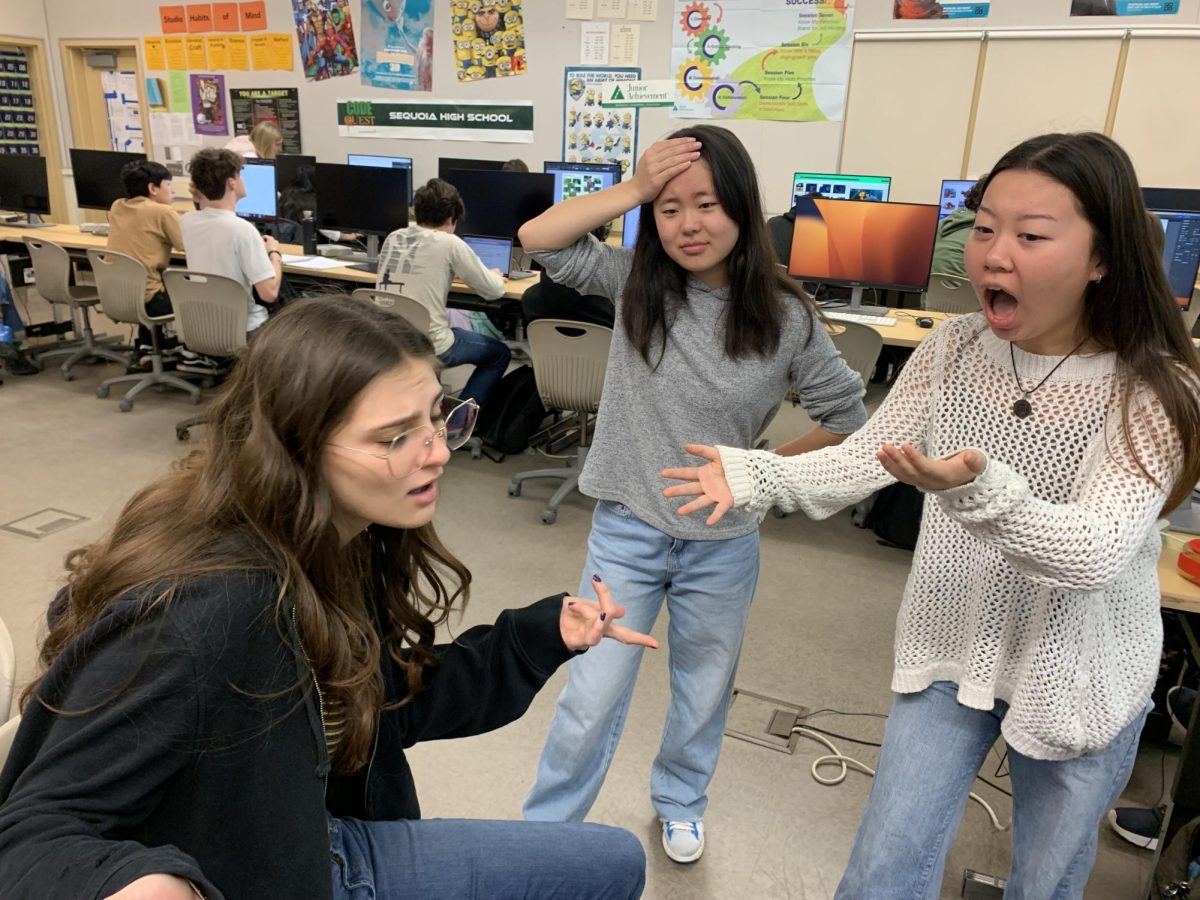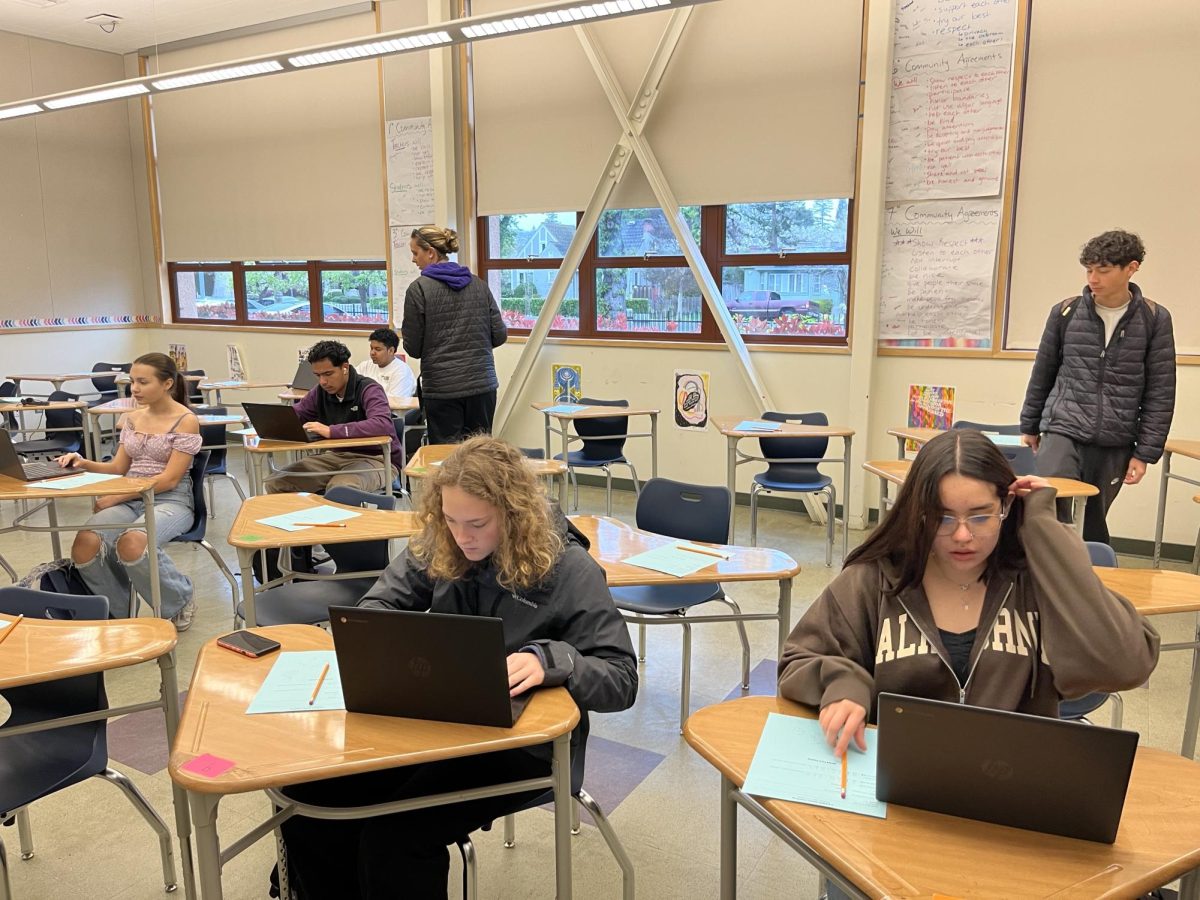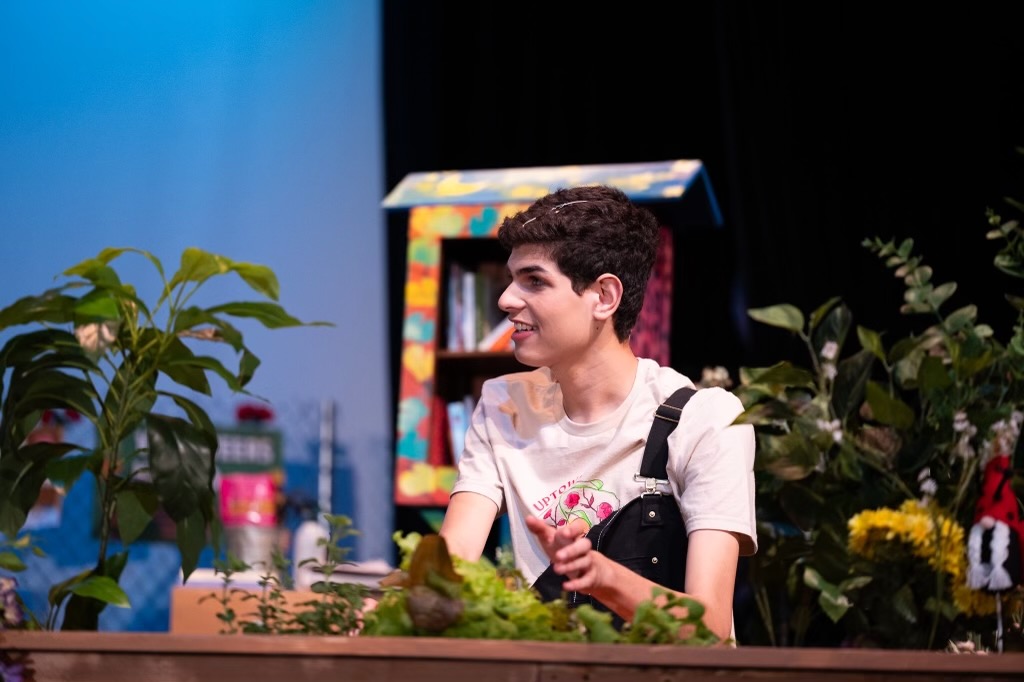Don’t cower from reality: Intruder drill needs improvement
February 23, 2014
We have grown up learning to stop, drop and roll; hide under tables or doorframes; get out of the building as fast as possible. In light of recent school shootings we now have to prepare for another kind of emergency: a campus intruder.
While it’s hard to imagine this kind of trauma at Sequoia, we have to face reality: there is no way to be certain that Sequoia won’t join the growing list of schools affected by gun violence. School shootings are still rare but their frequency has blunted our initial response. They no longer have that jaw-dropping, heart melting impact of Columbine or Virginia Tech.
According to a New York Times editorial, more people have been killed in school buildings than in terrorist attacks in the United States since Sept. 11. This is the world we live in—rather than hide from the scary truth, we have to prepare for it. We’re not saying students should feel paranoid every time they go to the bathroom, but they should be prepared to make smart decisions that won’t compromise their safety.
Unlike other drills, there are no metrics for an intruder drill, making it difficult to quantify success. Although it’s a qualitative measure, the general sentiment was that Sequoia’s Feb. 8 drill did not leave students feeling prepared or confident.
The drill was the first time many students made barricades out of desks and chairs. However, they had no instructions on how to make the barricades effectively while under pressure. An assembly or even a video to teach students how to build barricades would help us feel more prepared and confident for the next drill.
Because the drill took place during third period, students only know how to protect themselves in one of their six or seven classrooms. Many students take classes in computer labs, the ceramics studio or the woodshop, where unconventional desks and furniture require different lockdown procedures. Teachers, aided by administrators, should present each period with their classroom’s most effective protocol. That way, students can feel prepared in any of their classes even if they don’t get to perform a lockdown drill in all of them.
There are many situations that students do not know how to react to during a lockdown. We have not been told what to do if a lockdown occurs during lunch, a time when many students are outside of the building. Similarly, many don’t know what to do if they aren’t in a classroom at the time of a lockdown. Teachers and administrators know the protocol for these scenarios, and they need to communicate that information to students. Having these difficult but important conversations would help students make smart decisions if their life is threatened.
The first fire and earthquake drills, like our first intruder drill, were probably imperfect. Over time, the drills evolved into effective and universally understood procedures. In due course, the same will go for intruder drills; in a few years, every child will know how to make barricades in silence with the lights off just as they know how to stop, drop and roll.
Sequoia has already taken a major step in preparing for an intruder. However, we need to follow up with another drill that doesn’t leave students wondering about what could have gone wrong. The administration opened the door to getting Sequoia prepared for an intruder, but it’s time to walk through that door and be ready for a frighteningly possible event.





